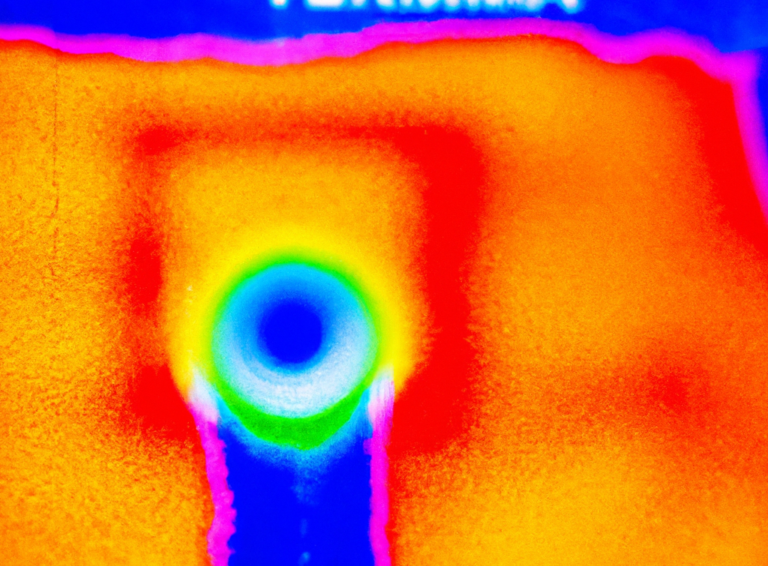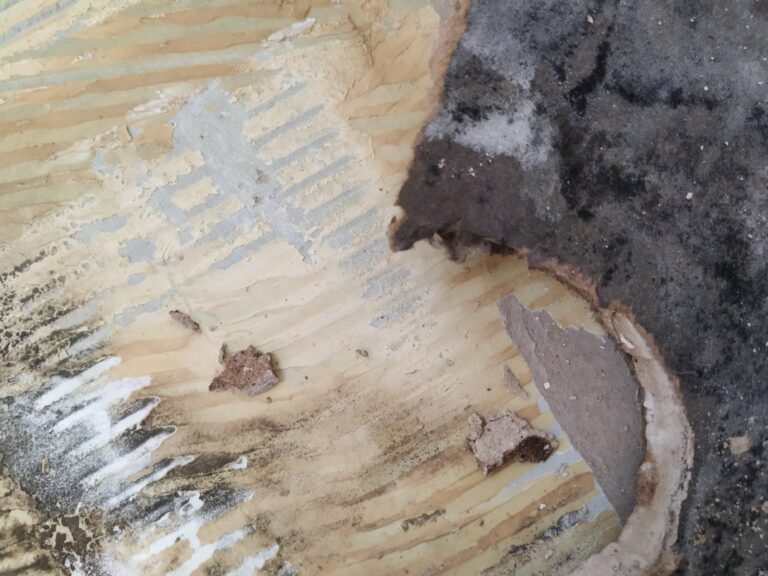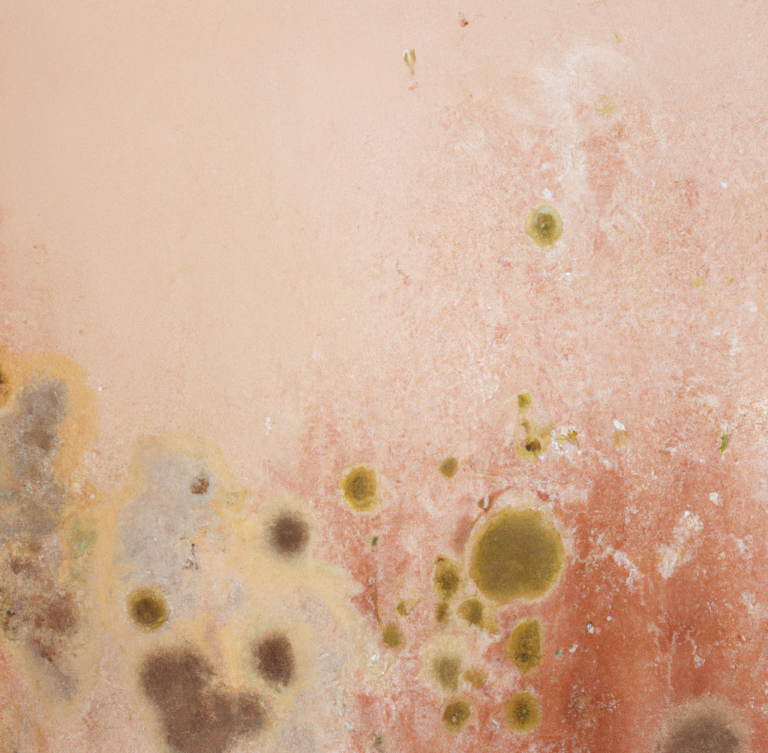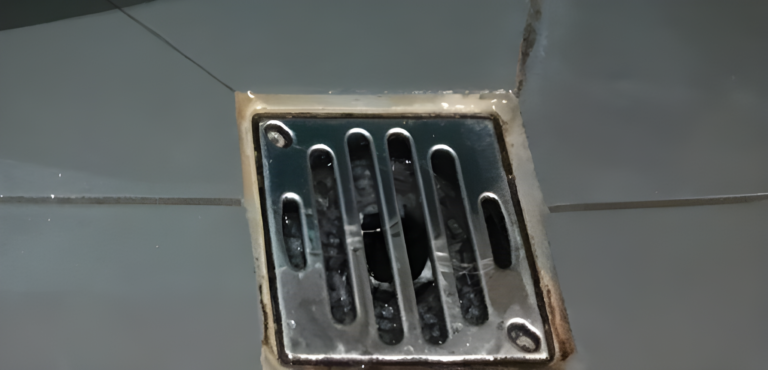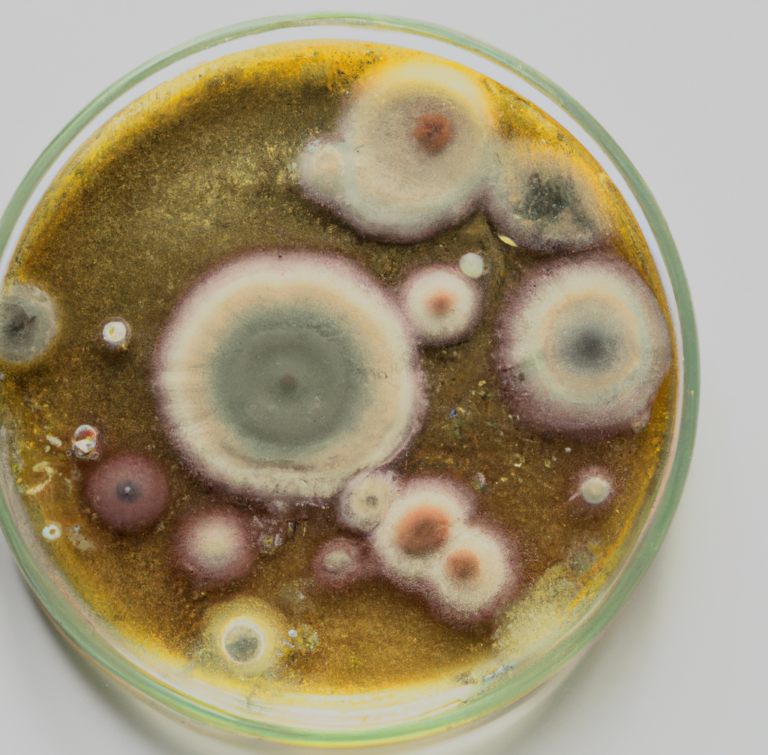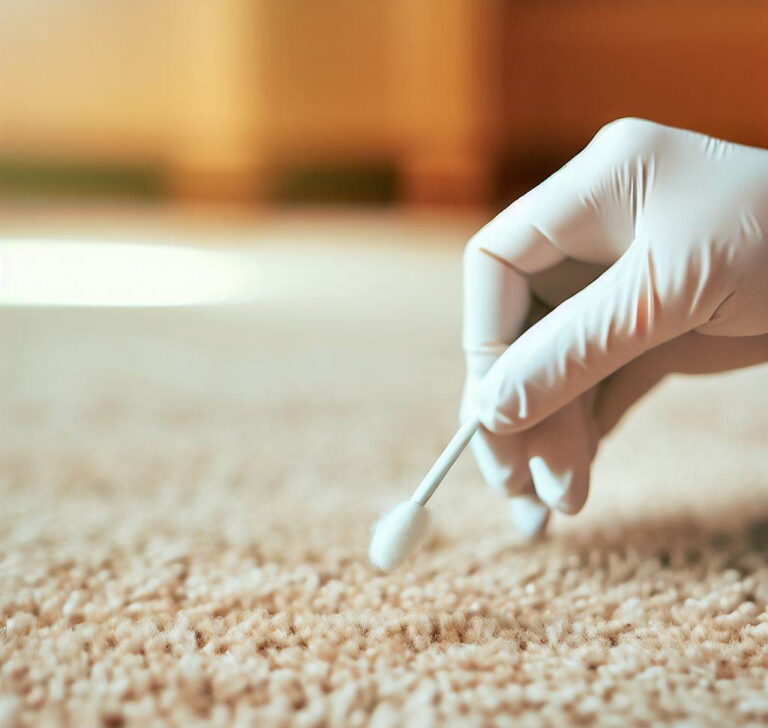Pros and Cons to Different Types of Mold Testing
When it comes to testing for mold in your home, it’s important to understand that no single testing method is perfect. Each method has its own advantages and limitations, making it crucial to choose the right test for your specific situation. In fact, it’s often recommended to use multiple testing methods in combination to achieve a more comprehensive assessment of mold problems. By considering the pros and cons of different testing approaches and tailoring them to your needs, you can increase the accuracy of mold detection and ultimately address the issue effectively.
The content provided on this website is based on personal experiences with mold and is for informational purposes only. It is not professional advice. For accurate guidance, consult a licensed mold professional. Mold situations can vary, and relying solely on personal experiences may not be suitable for your specific circumstances. We recommend seeking professional assistance for mold-related issues. We disclaim liability for any reliance on the information provided on this website.
ERMI (Environmental Relative Moldiness Index) Testing
Pros: An ERMI test provides an overall assessment of the types of mold present in your home. It can offer valuable insights into the mold species and their spore equivalents. Additionally, the HERTSMI-2 score obtained from an ERMI test focuses on the five most harmful molds, providing a weighted score for better evaluation.
Cons: Cons: The ERMI test has certain limitations that should be considered. Firstly, it does not provide information about the specific location of mold growth in your home. It only indicates that spores from certain molds were detected during sampling with a swiffer or vacuum (although the vacuum version of the ERMI is not recommended). Therefore, it doesn’t pinpoint the exact areas where the mold is present, which can be crucial for targeted remediation efforts.
Secondly, the ERMI test was originally developed by the EPA for research purposes, and the agency recommends against using it for purposes other than research. However, if you are experiencing symptoms related to mold exposure or are well-versed in mold issues, you may find that combining several different types of testing methods provides a more comprehensive understanding of the mold situation in your home.
Another limitation of the ERMI test lies in the way the score is calculated. The ERMI score is calculated by comparing the sum of the Group 1 molds, referred to as “Water Damage Molds,” with the sum of the Group 2 molds, known as “Common Indoor Molds.” The Group 1 molds include molds commonly associated with water damage and are typically more indicative of problematic conditions. The Group 2 molds consist of molds commonly found indoors, which are generally considered to be less harmful. By comparing the two groups, the ERMI score provides an assessment of the mold contamination in the indoor environment. However, it’s important to note that even molds categorized as “Common Indoor Molds” can cause adverse reactions in sensitive individuals, especially in higher concentrations. Therefore, it is crucial to consider both the ERMI score and the specific types of molds detected to gain a comprehensive understanding of the potential health risks associated with the mold presence.
Overall, the ERMI has its flaws, but it is one of the easiest ways to ascertain whether or not you have a mold issue going on.
Air Sample Testing (Test Plates)
Pros: Air sample testing is a cost-effective and easy-to-use method that doesn’t require professional assistance. By using mold test plates with a mold growth medium, you can collect samples from specific areas in your home. It provides a snapshot of the mold spores present in the air during the sampling period.
Cons: Mold test plates are designed to promote mold growth, so they may yield positive results even if mold is not a significant issue in your home. This can lead to false negatives for “heavier” or “stickier” molds that may not land on the plates. Without additional lab testing, you won’t have detailed information on the types of mold present. It’s important to remember that mold identification cannot be accurately determined by visual inspection alone.
Tape Testing (Tape Lift)
Pros: Tape testing, also known as tape lift, is a simple and affordable method for collecting samples. By using clear tape, you can lift mold spores and particles from surfaces suspected of mold growth. These samples can be sent to a lab for analysis, providing information on the specific types of mold present.
Cons: Tape testing only captures the mold present on the surface at the time of sampling, potentially missing hidden mold or providing an incomplete assessment of overall mold contamination. Proper technique and interpretation of results are crucial for accurate sample collection and analysis.
Bulk Testing (Swab or Bulk Sample)
Pros: Bulk testing involves collecting physical samples of materials with suspected mold growth, such as drywall or carpet. Lab analysis of these samples allows for precise identification of mold species and can help assess the extent of mold contamination.
Cons: Bulk testing can be invasive and may require removing a portion of the material, which can be impractical or challenging in certain situations. Additionally, this testing method may not provide information on airborne mold spores or hidden mold growth in inaccessible areas.
Surface Swab Sampling
Pros: Surface swab sampling is a targeted method for collecting samples from specific surfaces suspected of mold growth. It allows for the collection of visible mold samples, providing valuable information on the types of mold present in specific areas of concern. By analyzing these samples in a laboratory, you can gain insights into the specific molds affecting those surfaces, aiding in targeted remediation efforts.
Cons: Surface swab sampling has limitations to consider. Firstly, it only provides information about the mold present on the sampled surface, which may not reflect the overall mold contamination in the environment. Hidden mold or mold in inaccessible areas may not be detected through surface swab sampling alone. Additionally, while surface swab sampling can identify the types of mold present, it does not provide information about the airborne mold spores, which can be an important factor for indoor air quality. Therefore, it should be used in conjunction with other testing methods and thorough visual inspections to obtain a more comprehensive understanding of the mold issue.
Viable Air Sampling
Pros: Viable air sampling involves collecting air samples to capture and analyze viable (live) mold spores. This method provides valuable information about the actual mold spores that may be affecting indoor air quality. By culturing the collected samples in a laboratory, it allows for the identification and quantification of the types of mold present. Viable air sampling can help identify potential sources of mold contamination and aid in assessing the level of mold exposure for occupants.
Cons: Viable air sampling has some limitations to consider. It requires specialized equipment and expertise to properly collect and analyze the samples. The results may be influenced by various factors, such as the sampling location, airflow patterns, and the viability of the collected spores during transportation and processing. Additionally, viable air sampling may not detect non-viable (dead) spores or provide information about mold fragments or other allergenic particles in the air. Therefore, it should be used in conjunction with other testing methods and comprehensive visual inspections to obtain a more complete understanding of the mold situation.
Dust Sampling
Pros: Dust sampling involves collecting samples of settled dust from various surfaces in a property. This method provides insights into the types and quantities of mold spores and other particulates present in the indoor environment. Dust sampling can help identify ongoing mold sources, areas of high mold activity, or potential allergenic particles that may contribute to respiratory symptoms. It is a non-invasive method that can be easily conducted, providing a snapshot of the indoor air quality over time.
Cons: Dust sampling also has its limitations. The collected dust samples represent a mixture of various particles, making it challenging to attribute the presence of mold solely to settled dust. The composition of settled dust can vary depending on the sampling location and the amount of recent activity or cleaning in the area. Dust sampling may not provide real-time information about airborne mold spore levels, which can fluctuate throughout the day. Therefore, it is recommended to use dust sampling in conjunction with other testing methods and thorough visual inspections to gain a more comprehensive understanding of the mold situation.
Wall Cavity Testing
Pros: Wall cavity testing can provide valuable insights into hidden mold growth within the wall voids or enclosed spaces. This method involves accessing the wall cavities through small openings or by removing a portion of the wall, and then collecting samples from within the cavities. Wall cavity testing can help identify mold issues that may not be visible on the surface, allowing for targeted remediation efforts in areas of concern. It can be particularly useful in cases where there is a suspicion of mold growth behind walls due to water damage, leaks, or other moisture-related issues.
Cons: Wall cavity testing has certain limitations to consider. The process of accessing the wall cavities can be invasive and may require professional assistance or specialized equipment. Additionally, the results may not provide a comprehensive picture of the overall mold contamination in the indoor environment, as the testing is limited to specific areas within the walls. Wall cavity testing should be complemented with other testing methods, such as air sampling or surface sampling, to obtain a more comprehensive assessment of the mold situation in the property. It’s also important to consider potential structural damage or disruption caused by accessing the wall cavities during testing.


